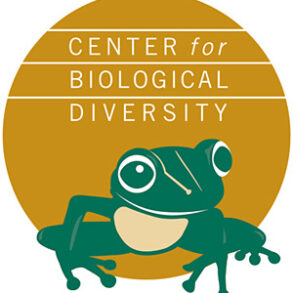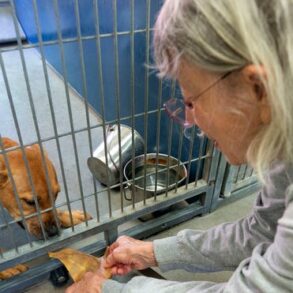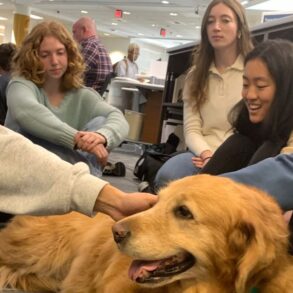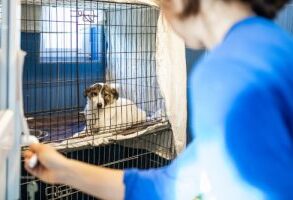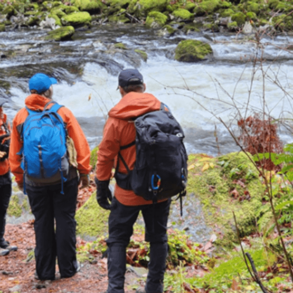
Our faithful four-legged companions, who have been with us since time immemorial, could be transforming in ways we never imagined.
Don’t worry, it has nothing to do with losing that unique bond you have with your furry friend, it’s just that scientists have discovered that these animals are going through the third wave of domestication.
What does this mean?
Many, many decades ago, dogs were considered working animals (they were in charge of hunting pests, herding livestock, guarding homes from evildoers…) But today, pet owners establish a single and main priority: having company.
Scientists have discovered a change that affects a hormone that is responsible for social bonding in dogs.
What hormone are we talking about?
Does oxytocin sound familiar to you? We know it as the happiness hormone, and dogs use this hormone to seek contact with their owners.
Historically, when humans domesticated wolves, oxytocin increased until it reached the affectionate furry friends we know today who wag their tails in happiness when they see us.
What does the research say?
Since 2017, Liköping University (Sweden) has been researching dogs’ ability to work alongside humans, as well as their willingness to come to them for help. By analysing the hormones of these animals, they have discovered that oxytocin plays a crucial role in social relationships with humans. In the study, they have shown that small differences in DNA near the gene related to oxytocin receptors can affect how dogs communicate (i.e. how their social skills are rooted in their genetics).
60 golden retrievers were studied while the lid of a jar of treats was lifted, and DNA samples were collected to determine which variant of the oxytocin receptor it was.
What did the experiment determine?
They conducted two tests, one after receiving a dose of oxytocin nasal spray, and another after receiving a neutral saline solution. The time it took them to open the bottle before turning to their owners for help was timed, and those who had been given the dose of oxytocin were more likely to ask for help than the others.
What do they conclude about it?
The experiment offered insight into how domestication has affected the genes that influence dogs’ social skills.
Canine experts Brian Hare and Vanessa Woods confirmed that dogs are experiencing this third wave we’re talking about. Hare (a professor of evolutionary anthropology at Duke University) trains puppies to become service dogs, and also serves as a research project to evaluate different strategies that develop dogs’ cognitive behaviour.
Trained dogs could remain calm when not actively working, and were attracted to strangers from puppyhood, leading them to believe that dogs’ biology has changed again, just as it did thousands of years ago when the first humans domesticated the first wolf.
Have dogs changed historically?
Yes, and even the way we see them has. Until the 1990s, dogs spent most of their lives outdoors. Now, dogs live in our homes and are practically part of the family, much more sociable with strangers and interact with other dogs.
It was about 40,000 years ago when the first wave of dog domestication occurred, when humans were still foragers and lived in settlements. Wolves took advantage of human resources (which were predictable and rich), so attraction replaced fear of these animals.
And the second wave?
It was after the industrial revolution, when the middle class was craving dogs that represented good taste, so they started breeding dogs with specific physical features (and thus “created” up to 200 breeds of dogs that still exist today!!)
And now that it’s the third wave, what do we expect from it?
This stage, it seems, will focus on adjusting the personalities of these dogs to the demands of today’s world. According to Woods and Hare, humans must participate in this process.
What is clear to us is that these animals have come to be our little angels on earth and our best friends.
This post was originally published on this site be sure to check out more of their content.









